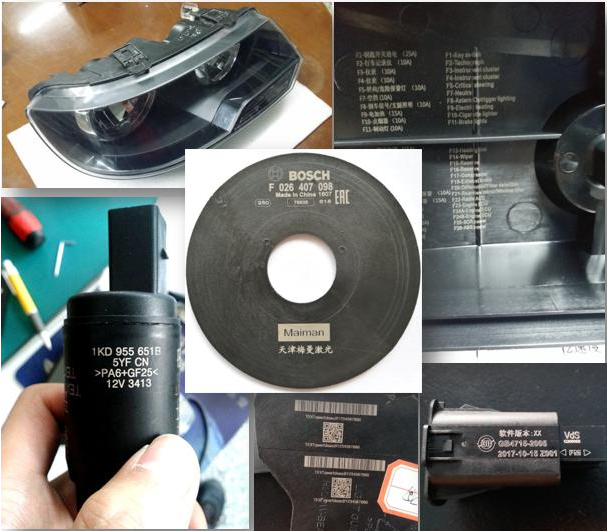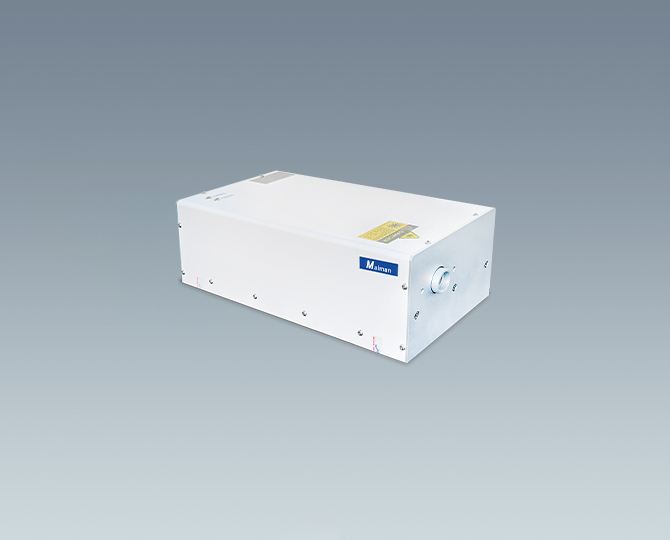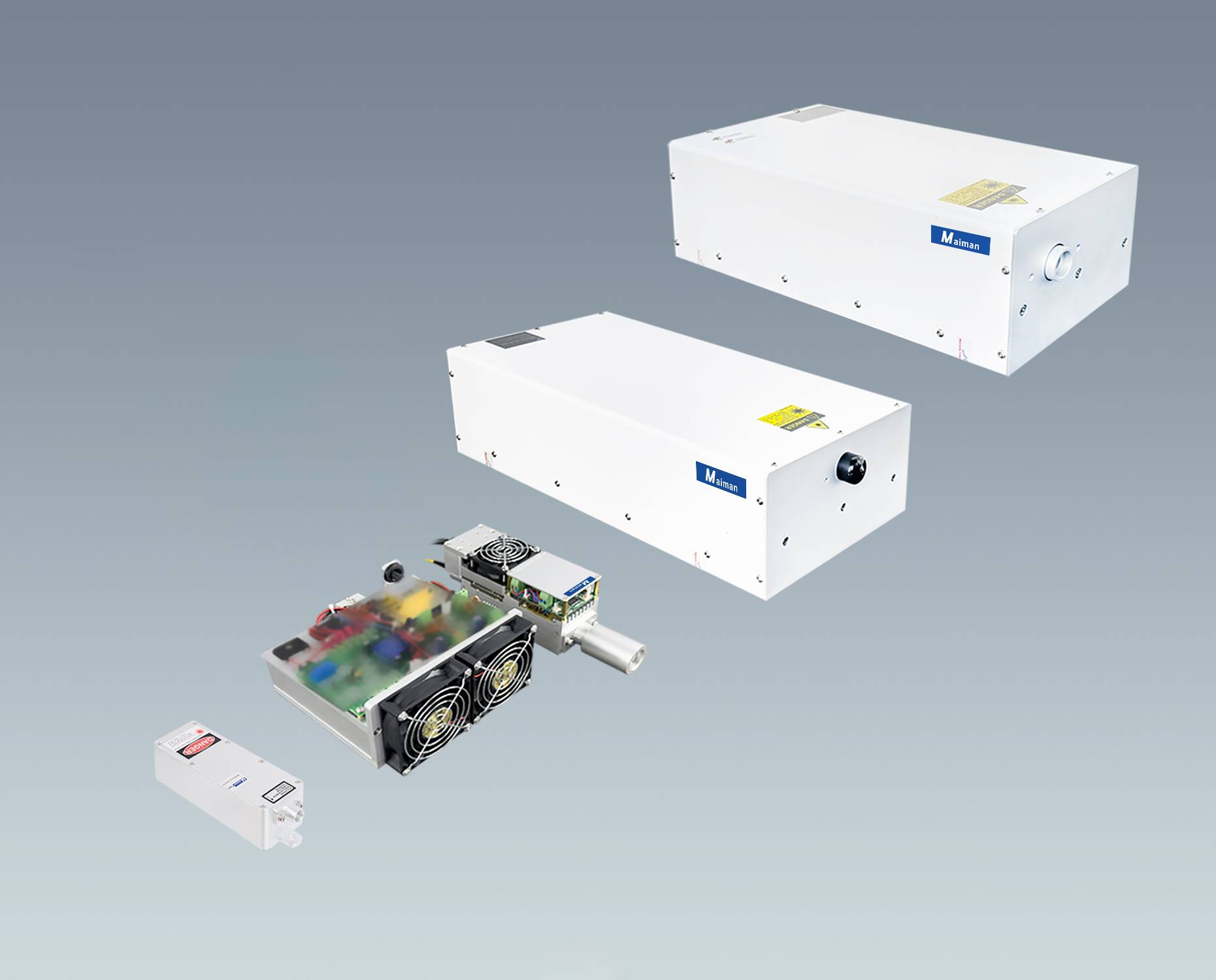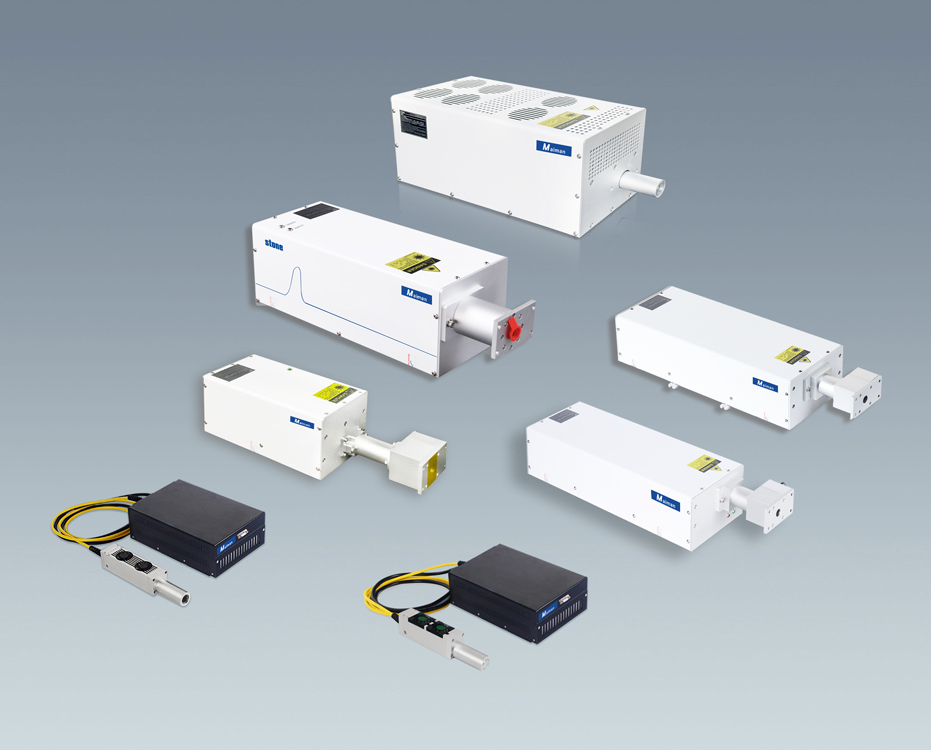Application of end-pumped lasers in marking non-metallic parts in the automotive field
Most of the non-metallic materials in the automotive industry are black plastics and the material is relatively simple. When processing such components with fiber lasers, the color is often gray-black, the contrast is not good and the scorch marks are serious. But the 1064nm end-pumped laser with high peak power produces whiter colors, clearer contrast, and lower cost; hence it is much more suitable!
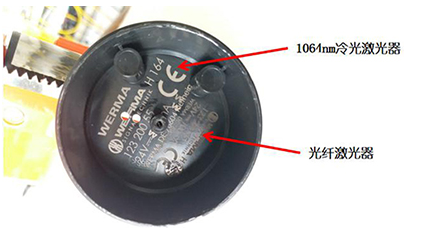
Tips:
The pulse width of the end-pump laser is 6~20ns and so the lower thermal effect and higher peak power are very advantageous in marking non-metallic materials. Although it cannot be compared with the ultraviolet laser, compared with the fiber laser the advantage of the end-pump laser is very obvious.
The pulse width of the fiber laser is too wide and the peak value is too low which makes it only advantageous in metal processing but not in non-metal processing.
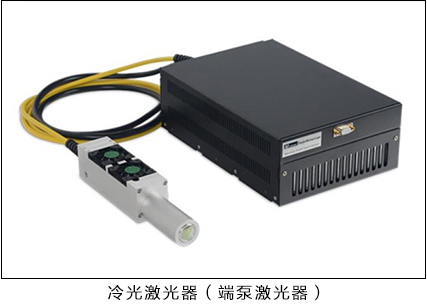
Application Advantages:
- Ultra-high peak power, 8W cold light laser is 6 times the peak power of 20W fiber laser
- Narrow pulse width, low heat, no burning of plastic
- Anti-high reflection, gold/silver/copper markingdoes not damage the laser
- High precision, more delicate than fiber laser processing
Application Cases of Maiman Cold Light Lasers in the Automotive Field
